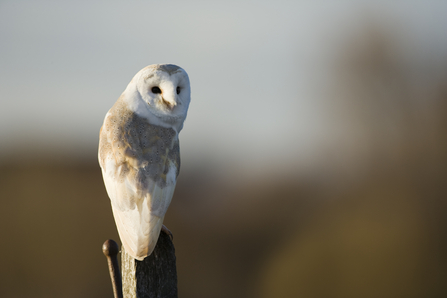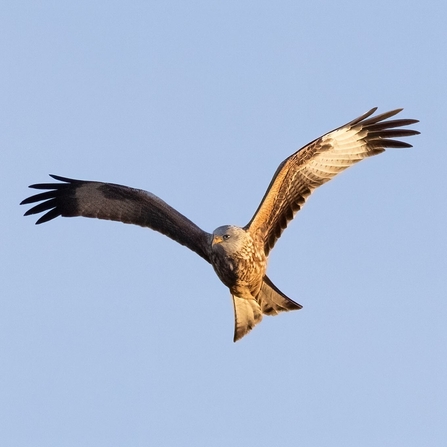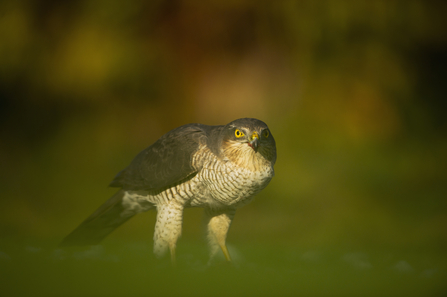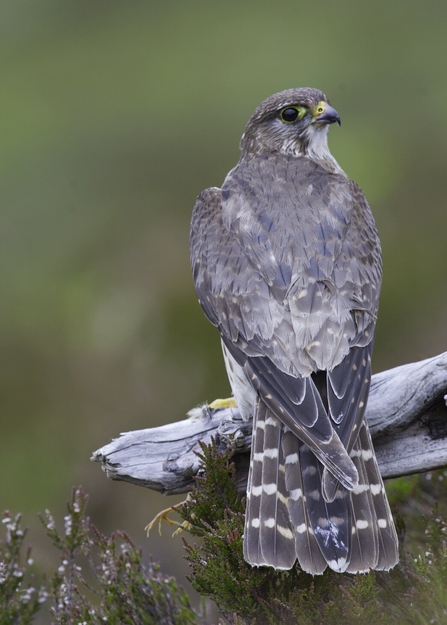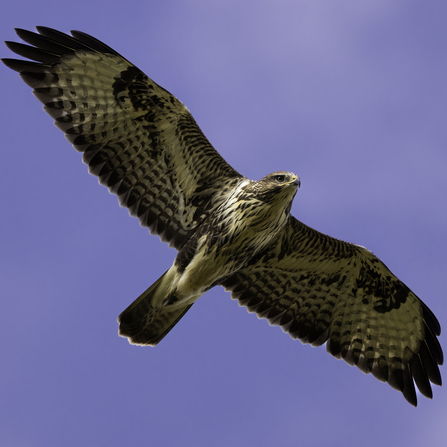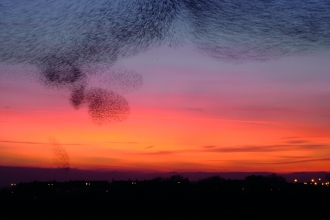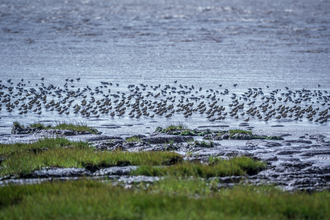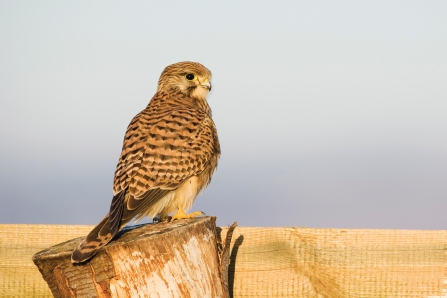
Kestrel (c)Elliot Neep
With distinctively pointed wings and long tails, kestrels are often found hovering beside the motorway or a roadside verge on fast wing beat as their head remains focused on their prey. They have adapted readily to man-made environments and have been known to nest in the centre of cities, as have peregrine falcons.
Where to see: Barnsley Main, Ledsham Bank

